Simultaneous interpretation (SI) is a special technique where a speaker’s words are translated into another language in real time so that multiple languages can communicate seamlessly. This real time interpretation is key for conferences, live events and multilingual meetings so that people from different linguistic backgrounds can participate and understand what’s going on without language barriers.
The importance of SI cannot be overstated in this globalized world. It enables cross cultural dialogue, international cooperation and ensures valuable information and ideas are shared with a wider audience. Whether it’s a high stakes business negotiation, a prestigious academic conference or a diplomatic summit, SI is the key to clear and accurate communication, preventing misunderstandings and promoting understanding.

Traditional vs Remote Simultaneous Interpretation
Traditional simultaneous interpretation has been the norm for multilingual conferences and events. Interpreters work on-site in soundproof booths, listening to the speaker through headphones and simultaneously interpreting into a microphone for audience members wearing receivers. But this has its limitations – it requires a lot of equipment setup, travel costs for interpreters and logistical challenges for multiple languages.
Remote simultaneous interpretation (RSI) is the modern alternative. With RSI, interpreters can work from anywhere with an internet connection, eliminating travel costs and more flexibility. The interpreted audio is streamed to audience members through a cloud-based platform on computers, tablets or smartphones. This reduces the need for on-site equipment and scalability for multilingual events.
Key Features of an RSI Platform

A good remote simultaneous interpretation (RSI) platform should have several key components to facilitate multilingual communication. At its core, an RSI solution needs high quality audio and video streaming so interpreters can hear and see the speaker clearly. And a user-friendly interface for participants to select their language channel easily.
Compared to traditional on-site interpretation methods, RSI has many advantages. No need for interpreters to be physically present, reducing travel costs and logistical headaches. RSI also gives more flexibility, interpreters can work from anywhere in the world, making it easier to get the best linguistic talent for your event.
And RSI is often more cost-effective than traditional setup which requires renting equipment and hiring on-site technicians. With an RSI platform, you can scale your interpretation needs according to your event size, without incurring extra hardware or personnel costs.
Flexibility is another key benefit of RSI platforms. They can accommodate events of all sizes, from small meetings to large conferences and can be integrated with existing virtual event platforms or video conferencing tools. This versatility allows organizations to provide interpretation services across many settings, whatever the event format or location.
How to Choose the Best Remote Simultaneous Interpretation Platform for Your Event?
When choosing a remote simultaneous interpretation (RSI) platform for your event, you need to consider several key factors for a smooth and efficient experience. First and foremost, multi-language support is a must, so participants from different linguistic backgrounds can fully engage. The platform should have many language options and be able to add or remove languages as needed.
Good audio and video are crucial for communication. Look for platforms that prioritise crystal clear sound and video, no lag or distortion that can hinder understanding. And a user-friendly interface is essential, so attendees and interpreters can navigate the platform easily without unnecessary complexity.
Reliable connectivity is non-negotiable, any disruptions or lags can severely impact the interpretation experience. Look for platforms that have stable and secure connections even in areas with limited internet. And security and privacy should be top priority, with robust encryption and data protection measures in place to protect sensitive information.
Integration with existing tools like video conferencing platforms or event management software can streamline the process and increase efficiency. Customized options are also valuable so you can tailor the platform to your brand and event requirements.
Recording and playback features can be super useful, so attendees can revisit sessions or share content with those who can’t attend live. And reliable technical support should be available to help with any issues or questions that may arise before, during or after the event.
By evaluating these factors you can choose an RSI platform that meets your event’s unique needs and provides a seamless multilingual experience for all participants.
Translation Earbuds as a Tool for Remote Simultaneous Interpretation

Translation earbuds are changing the way we experience multilingual communication – especially in remote or hybrid settings. As an alternative to traditional interpretation platforms like Interprefy, modern translation earbuds offer real-time language interpretation in a compact, user-friendly form.
Features and Benefits
Translation earbuds provide instant, high-quality interpretation directly into the listener’s ears, no need for bulky headsets, on-site booths or complex setup. They support multiple languages and allow users to switch between them easily. Perfect for conferences, webinars, international meetings and online events. With noise-cancellation and clear audio transmission, translation earbuds ensure every word is heard correctly. They are powered by AI, fast and precise. Users simply connect the earbuds to their device, join the event and listen in their preferred language – no extra apps or complicated logins required.
Flexible for All Event Sizes
Whether you're hosting a global summit, a company-wide Zoom call, or a small multilingual workshop, translation earbuds scale with your needs. Participants from different countries can join remotely and instantly understand the speaker, regardless of the language spoken. This makes communication more inclusive and efficient.
Easy to Use
Translation earbuds can be used with most video conferencing tools like Zoom, Microsoft Teams and Google Meet. No technical knowledge required - just plug in, connect and start interpreting. Event organizers don’t have to coordinate separate interpretation platforms or hire extra tech teams.
Cost Effective and Convenient
Compared to traditional interpretation services, translation earbuds are much more cost effective. No need to rent interpretation booths or fly interpreters to event locations. Everything happens remotely and users can join from anywhere in the world. Lower costs and less logistics and still professional grade interpretation.
Conclusion
As the need for seamless multilingual communication continues to grow in our global world, remote simultaneous interpretation (RSI) has become a practical and scalable solution. While traditional platforms have set the bar for remote interpretation, the arrival of translation earbuds marks a new era of convenience, accessibility and affordability.
Translation earbuds bring real-time interpretation and modern wearable technology together. By getting rid of bulky equipment and complex setups, they enable event organizers and participants to communicate smoothly and inclusively – anytime, anywhere. Whether for high stakes business meetings or casual international webinars, translation earbuds offer a user-friendly and cost effective solution for the hybrid events of today and tomorrow.
Choosing the right interpretation solution ultimately depends on your event's specific needs, but translation earbuds stand out as a flexible, forward-thinking option that aligns with the evolving landscape of global communication.
 Talk to Customer Service 1(833) 491-1328
Talk to Customer Service 1(833) 491-1328






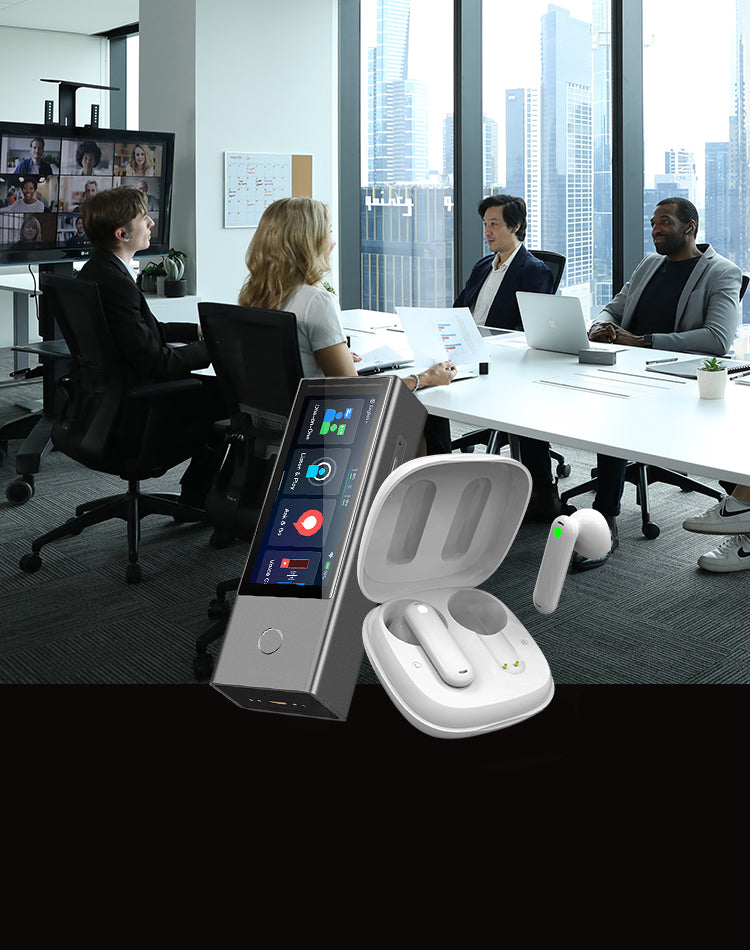
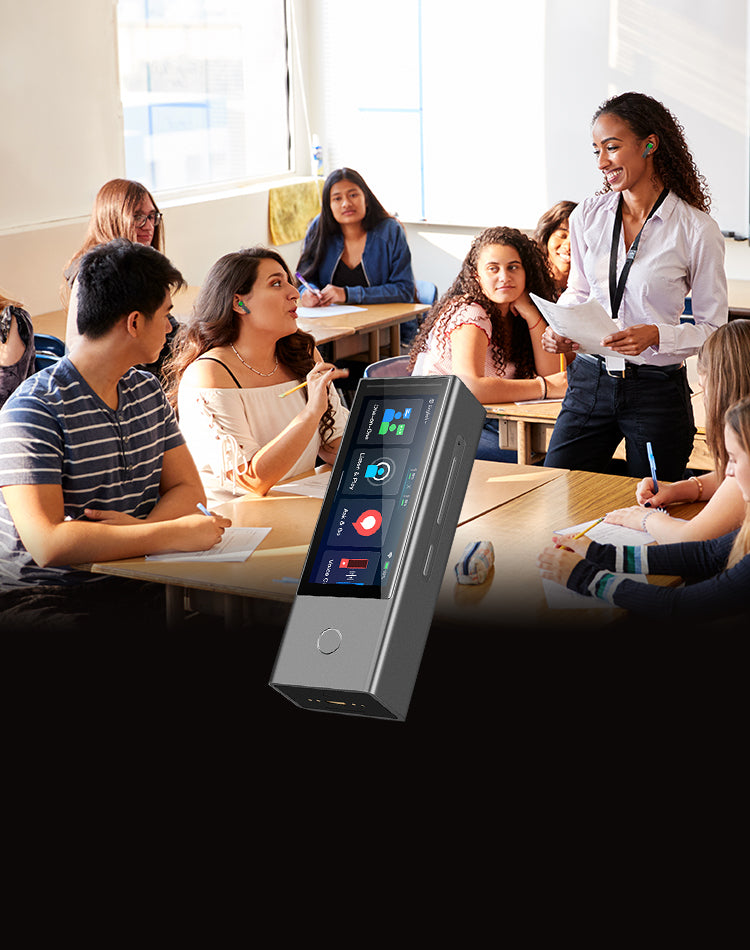

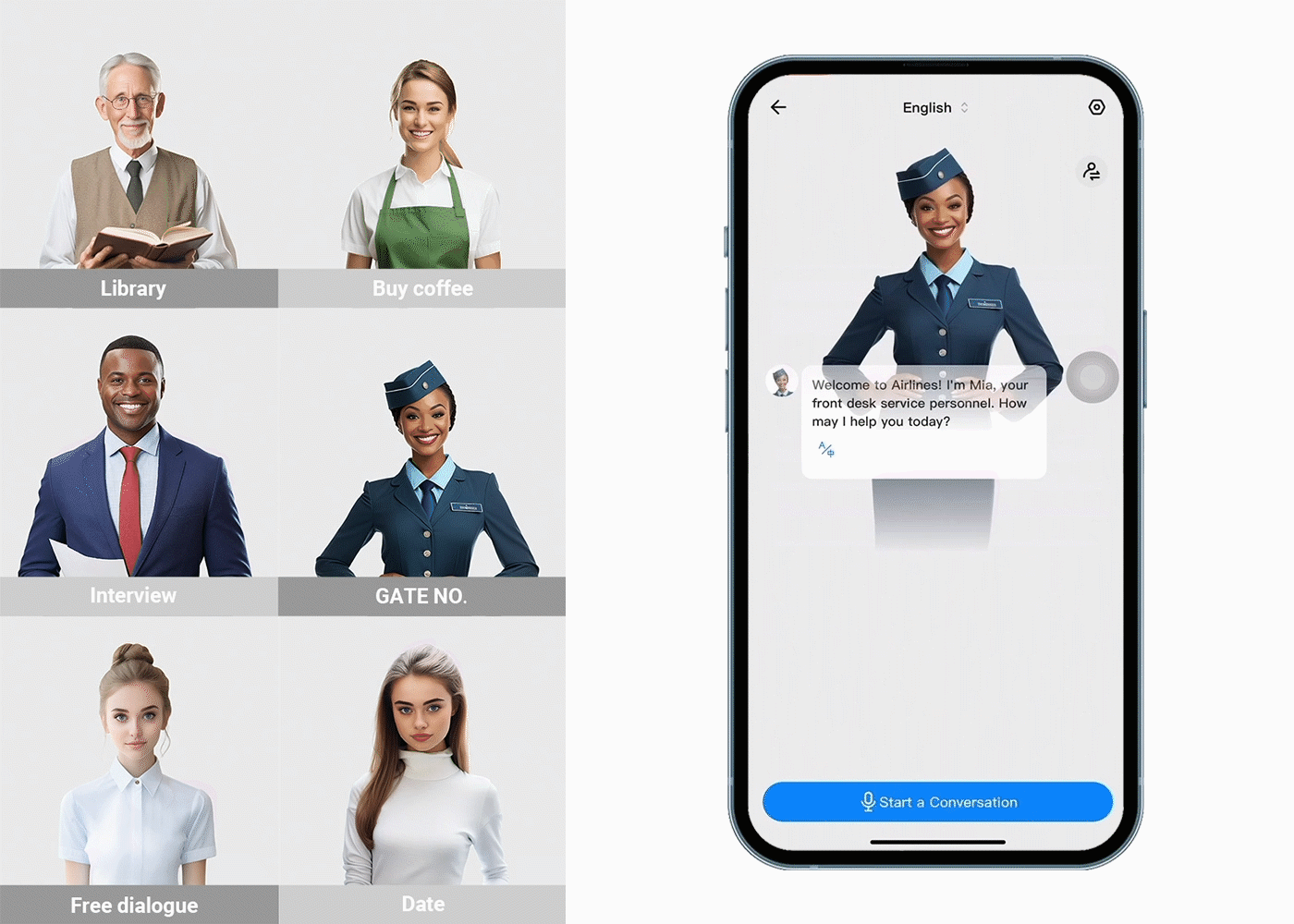




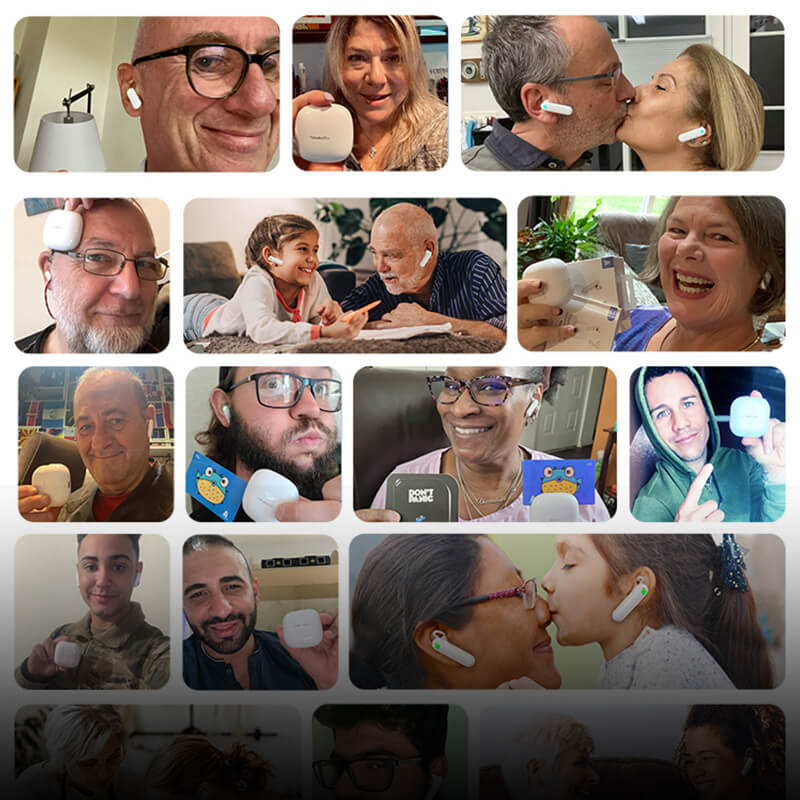
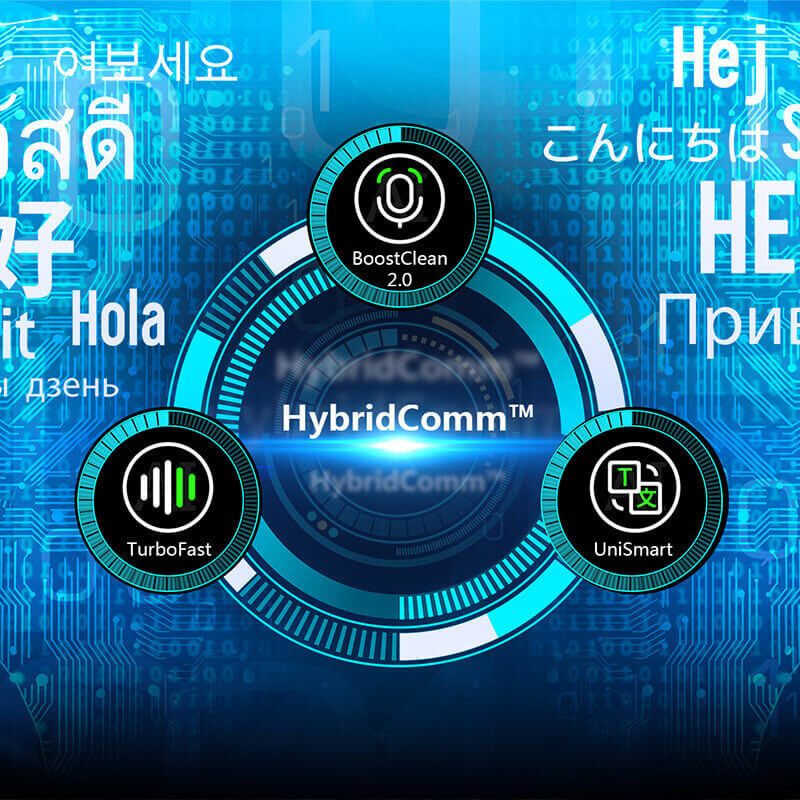























댓글 남기기
모든 댓글은 게시 전 검토됩니다.
이 사이트는 hCaptcha에 의해 보호되며, hCaptcha의 개인 정보 보호 정책 과 서비스 약관 이 적용됩니다.